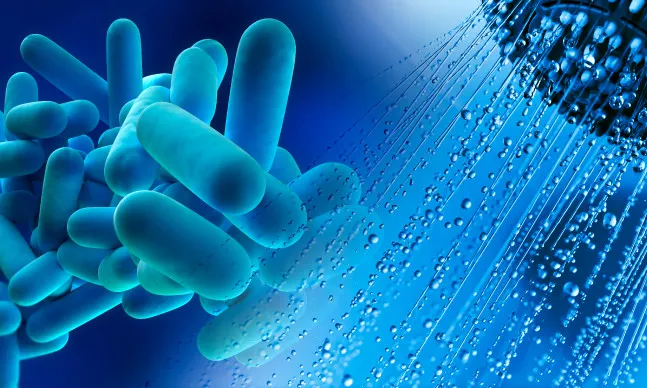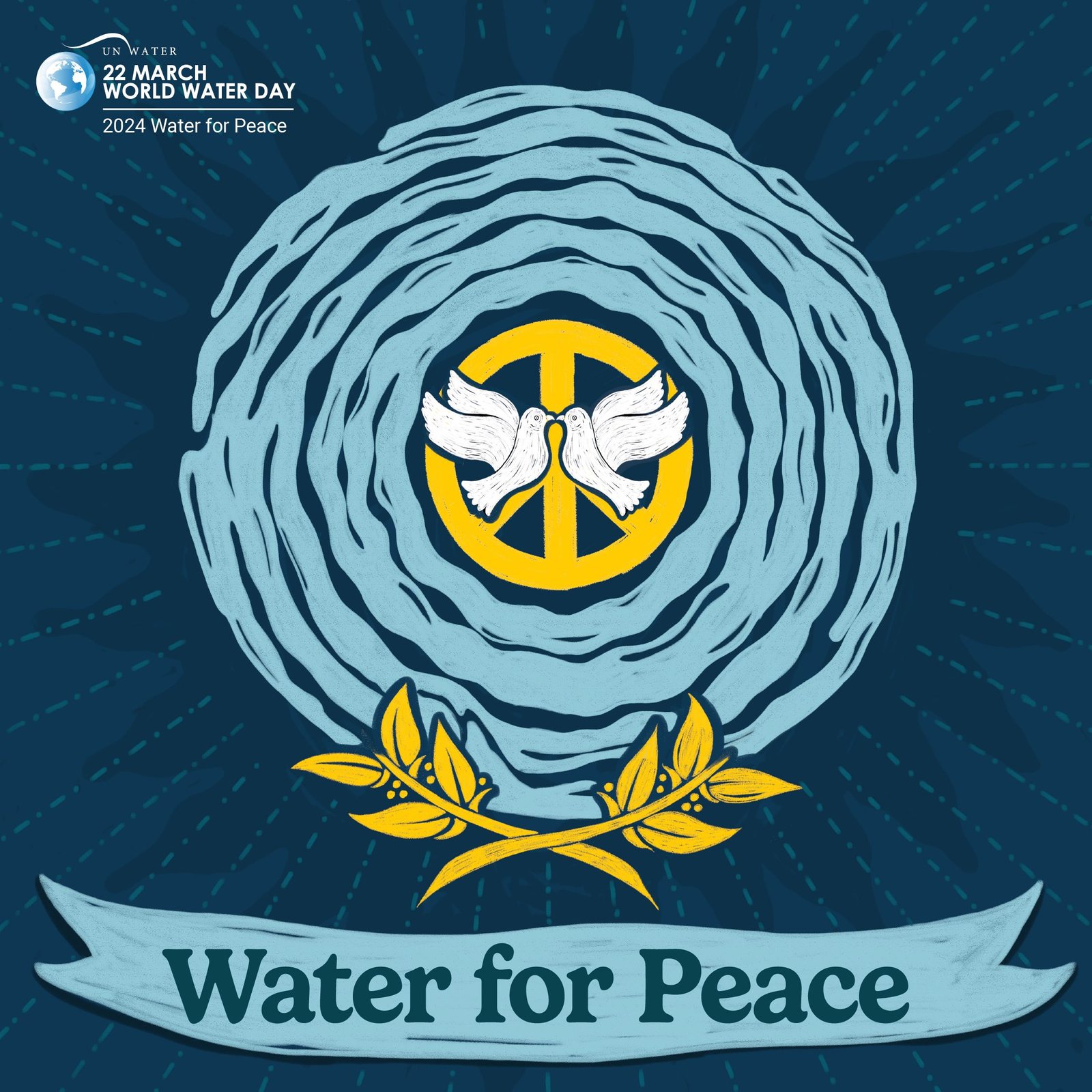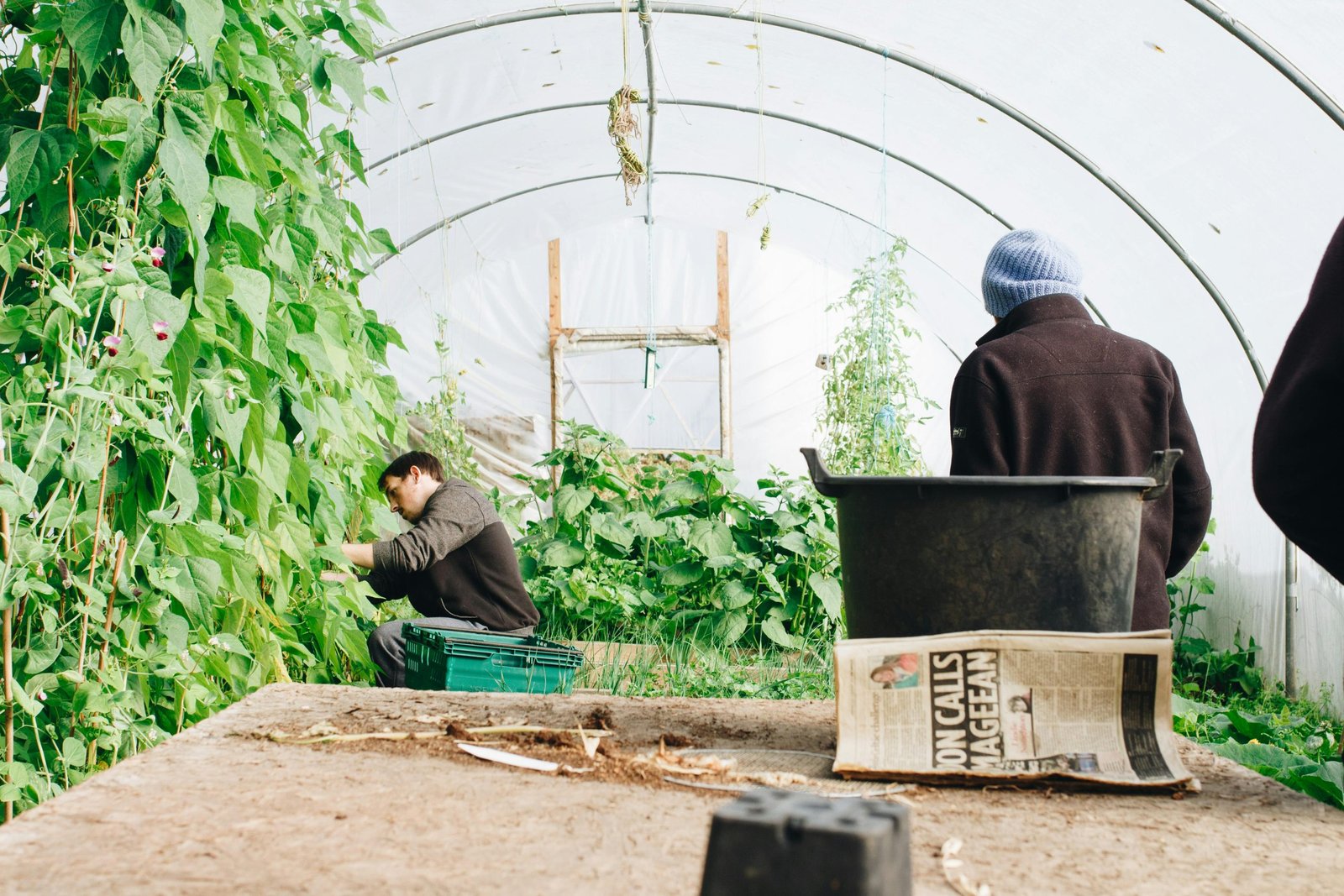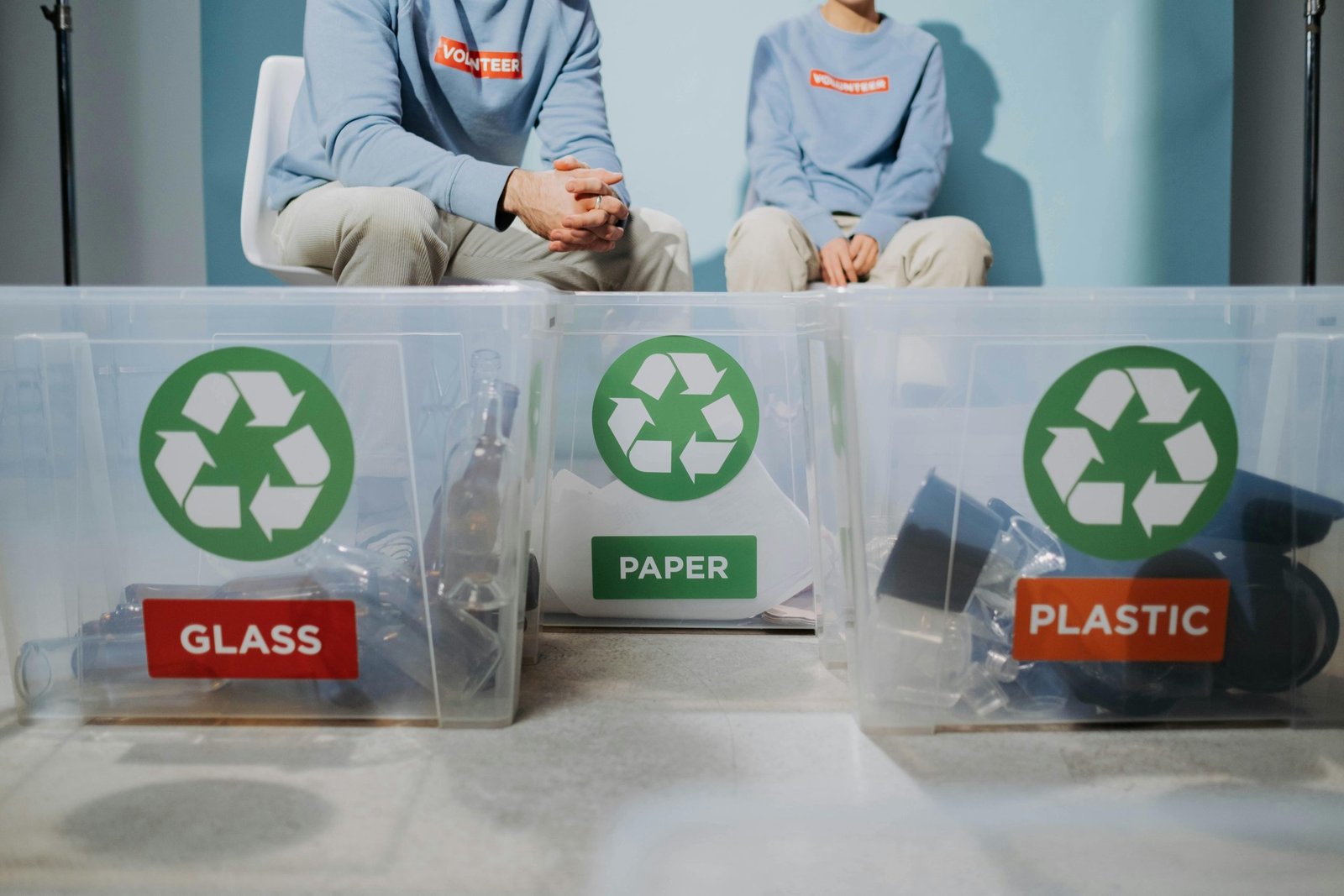WORLD WATER DAY 2023
ACCELERATING CHANGE
Be the change you want to see in the world. Do something small today. It’s easy to take action. Every little step helps!
Like every year, this year the United Nations (UN) is celebrating #WorldWaterDay on 22 March to raise awareness and inspire action to address the global water and sanitation crisis. The theme chosen to raise awareness this year is to accelerate the change that needs to be made to solve this crisis.
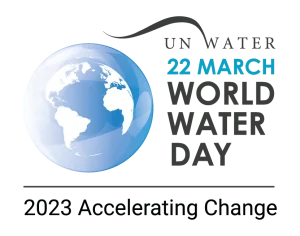
World Water Day 2023 asks people to “Be the change they want to see in the world”.
There is an ancient story from the Quechua people in Peru about a hummingbird and it is about how we respond to a crisis:
“One day in the forest a fire broke out.
In one day, a fire broke out in a forest.
They stood at the edge of the flame, looking at the flames with horror and sadness.
Over their heads, a hummingbird flew back and forth into the fire, over and over again.
The older animals asked the hummingbird what it was doing.
“I’m flying to the lake to get water to help put out the fire.”
The animals laughed at her and told her: “You can’t put out this fire!”
The hummingbird replied, “I’m doing my best.”
The hummingbird is helping to solve the problem, one drop at a time. He becomes the change he wants to see in the world.
You can be like the hummingbird. The actions you take, no matter how small, will help solve the water crisis.

So, do we stand by and watch or do we take action?
Dysfunction throughout the water cycle undermines progress on all major global issues, from health to hunger, gender equality to jobs, education to industry, disasters to peace.
Back in 2015, the world committed to Sustainable Development Goal (SDG) 6 as part of the 2030 Agenda – it took the pledge that everyone would have safely managed water and sanitation by 2030.
Right now, we are seriously off track. Billions of people and countless schools, businesses, healthcare centers, farms and factories are being held back because their human rights to water and sanitation have yet to be fulfilled.
Water affects us all, so we need everyone to take action.
You and your family, school and community can make a difference by changing the way you use, consume and manage water in your life.
Play your part by doing what you can!
What is the global water and sanitation crisis?
When we talk about the global water and sanitation crisis, it can be difficult to visualise it. Facts and statistics are important, but they can be impersonal and fail to motivate people to take action.
So, how would you feel if we applied the global crisis to a community of just 100 people?
25 people would have to collect unsafe water from a stream or pond, often far away from them, or wait in line for hours and pay an expensive price to a vendor. The water would make them regularly sick, so sick they couldn’t go to work or school. Death from fully preventable diseases such as cholera and typhoid would be a constant danger.
22 people would either have no choice but to go to the toilet in the streets, bushes or fields or use unsanitary and dysfunctional toilets. Women and girls would suffer the most as they would be more vulnerable to abuse and assault and would not be able to manage their menstrual health properly.
44 People would live in areas vulnerable to disease because their sewage and faeces would flow back to nature without being treated. The remaining 56 people, who have safe toilets connected to systems that safely treat waste, would be largely unaware of how important their sanitation services are in protecting their health and well-being.
About half of the wetlands around the community would have been lost in recent decades, increasing the risk of flooding.
22 people would either be working, or receiving care, in a health facility that lacked basic water service, putting them at increased risk of infectious diseases. Many of them would be treated for diseases that could have been prevented by having safe water and sanitation in the community.
Agriculture and industry nearby would take more than 80 percent of the available water.
Due to climate change, droughts would increasingly affect water resources and food supplies. Floods would threaten to destroy water and sanitation facilities and contaminate water resources.
The community is unlikely to have a cooperative agreement with neighboring communities to share and protect water.
The poorest and most vulnerable members of the community, who would be disproportionately affected by the crisis, would face the greatest struggle to get the attention of the authorities to improve water and sanitation services.

If we talk in real numbers, the situation is as follows:
1.4 million people die annually and 74 million will have a reduced life expectancy from diseases related to poor water, sanitation and hygiene. (WHO 2022)
Preventable diseases such as cholera and typhoid pose a deadly threat to communities living without safe water and sanitation management, and the impact of intestinal parasite infections and malnutrition from regular bouts of diarrhoea and vomiting can have lifelong consequences.
Today, 1 in 4 people – 2 billion people – around the world lack safe drinking water. (WHO/UNICEF 2021)
“Safe” is short for the official term “safe management”, which means drinking water that is on-site, available when needed and free of dangerous contamination.
Nearly half the world’s population – 3.6 billion people – lack safe sanitation. (WHO/UNICEF 2021)
“Safe sanitation” (formally “safe sanitation management”) means a toilet that is not shared with other households and where human waste is safely disposed of on-site or removed and treated off-site.
494 million people still use the practice of ‘open defecation’. (WHO/UNICEF 2021)
Many people have no choice but to go to the toilet in the open – in fields, bushes, gutters and alleys – often after dark to avoid being seen. In other areas, facilities are either poorly maintained, inaccessible or culturally inappropriate, so people refuse to use them.
Wetlands are being drained to be used for agriculture, with more than 50% lost since 1900.
This is one of the many links between the water and climate crisis. Wetland loss removes habitat for many species, reduces vital plants and carbon sequestering soils, and destroys an ecosystem that naturally filters water and protects against flooding.
Global water demand is projected to increase by 55% by 2050, mainly due to increasing demands from manufacturing (400% increase).
The growing population will consume more of everything. Water is a finite resource under increasing pressure and therefore we urgently need to be much more efficient and fairer in how it is used, where and for whom.
72% of all water withdrawals are used by agriculture, 16% by municipalities for households and services and 12% by industries. (UN-Water 2021)
Agriculture is by far the largest consumer of water in the world. As populations grow and demand more food, we need to make agriculture much more water efficient.
Power plant cooling is responsible for 43% of total freshwater withdrawals in Europe (over 50% in several countries), almost 50% in the US and more than 10% of the national water limit in China. (UN 2014).
Again, this is a link between action on water and action on climate change. The faster we move away from water-intensive energy production, the faster we can reduce greenhouse gas emissions and reduce pressure on water resources.
What can we do?
Conserve water, bathe with less water and don’t leave the tap running
We repair our water and sewage pipes
We put an end to water pollution, we don’t dump oils, medicines and chemicals down the toilet and sink
We consume seasonally and locally, support local businesses
We protect the environment, plant new trees and recycle
We reduce electricity consumption, turn off energy-intensive appliances and replace old ones with modern, more energy-efficient ones
Read Lazy’s Guide to Saving the World to get more ideas and information:
https://www.worldwaterday.org/
https://www.unwater.org/bethechange/
https://www.un.org/sustainabledevelopment/takeaction/


